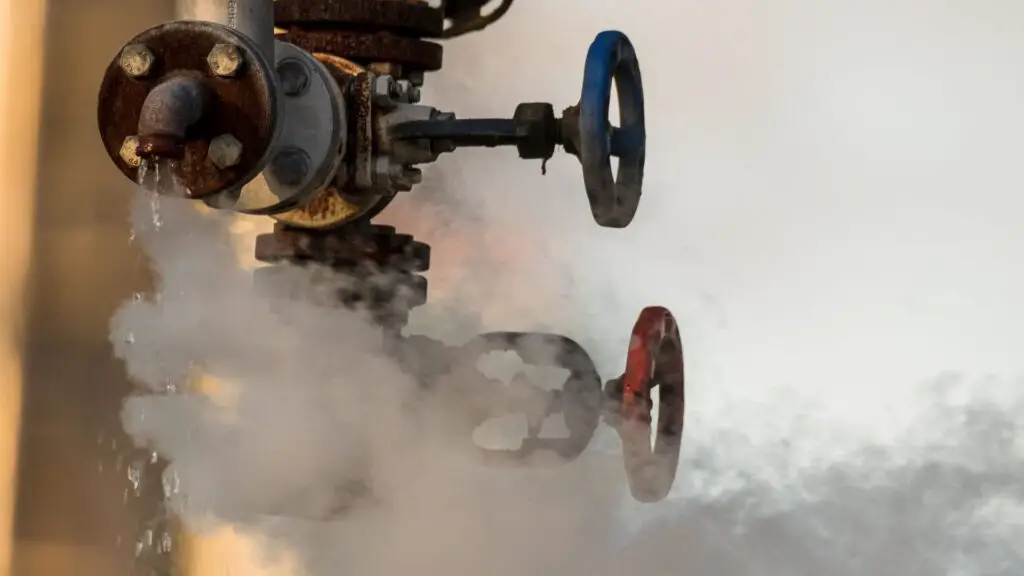8.5 HOURS ON-DEMAND VIDEO
ACCESS ON MOBILE AND TV
FULL LIFETIME ACCESS
30-DAY MONEY-BACK GUARANTEED
ABOUT THIS ONLINE COURSE
The productivity and efficiency of a process plant depend as much on the plant equipment as it does on the steam and condensate system.
As a result, it is essential that the design of your steam system be optimized, safely operated, properly maintained, and when required, repaired in an effective and timely manner.
This course is designed to provide you with a complete understanding of design, sizing, operation, maintenance and optimization of steam and condensate systems.
This understanding is a pre-requisite for a successful, efficient and safe operation of your plant and piping systems.
The course provides a comprehensive engineering best practice guide covering all aspects of steam and condensate systems, from steam distribution up to the point of use, through the condensate recovery system.
The course includes detailed technical descriptions, basic step-by-step instructions, extensive graphics, sizing tables, engineering data and numerous solved problems to emphasize the key learning points.
- Understand the science behind modern steam engineering
- Acquire a solid foundation for understanding the principles and practices relating to steam
- Delve into the physics that lies behind steam
- Understand the triple point, saturated steam tables, steam dryness, and what is flash steam
- Explore why superheated steam is used, the superheated steam table, and its pros and cons
- Learn about the properties that ensure steam works effectively, why noncondensable gasses matter, and what is a waterhammer and why they should be avoided
- Understand how heat is transferred, the barriers to heat transfer, and the various equations needed to measure the efficiency of heat transfer
- Estimate your steam needs, both in flow and non-flow applications
- Calculate your steam consumption
- Understand the concept of thermal rating and the factors you will need to consider when interpreting it
- Calculate the amount of energy required for tanks and vessels
- Understand the principle of operation of submerged steam coils and steam jackets
- Understand how the pipes that carry steam affect your plant’s efficiency
- Understand the difference between warm-up and running loads, and know the calculations needed to measure heat losses
- Know and understand what is the steam and condensate loop, the working pressure of a system, and see why pressure-reducing valves are used
- Select the appropriate pipe size for saturated and superheated steam systems in accordance with international standards
- Know how to use sizing equations, charts and tables to size your steam piping system
- Understand the requirements for steam mains and drainage and what to look out for to avoid waterhammer
- Understand the concept of steam pipe expansion allowance and discover the various methods of making sure your pipes are properly installed
- Know the different types of steam traps, how they work, and the pros and cons of each
- Understand why steam traps are important, how they operate and the standards applied to them
- Be aware of the considerations for selecting steam traps
- Successfully identify issues with steam traps and how they can impact your plant’s performance
- Demonstrate how little energy steam traps use
- Examine routine maintenance, replacement of internal parts, and potentially replacing steam traps
- Know the different types of strainers and how they work
- Understand the hazards of steam for safe operation of your plant and piping systems
- Download a valuable booklet containing steam tables, charts and engineering data
- Piping Designers
- Design Engineers
- Process, Mechanical and Chemical Engineers
- Operation and Maintenance Engineers
- Plant Operators
- Maintenance Personnel
- Technical Personnel involved in inspection
- Designing Piping Systems: Pipe, Fittings, Flanges & Valves
- Valves & Control Valves: Principles, Operation & Design
- Heat Exchangers: Design, Operation & Maintenance
- Flow of Fluids Through Piping Systems, Valves, Fittings and Pumps
Our clients say
Would you like to contact us or to book a Live Virtual Training or In-House training in your premises ? We are here to help !
Fore more information, please fill in the contact form hereafter then click on send :


